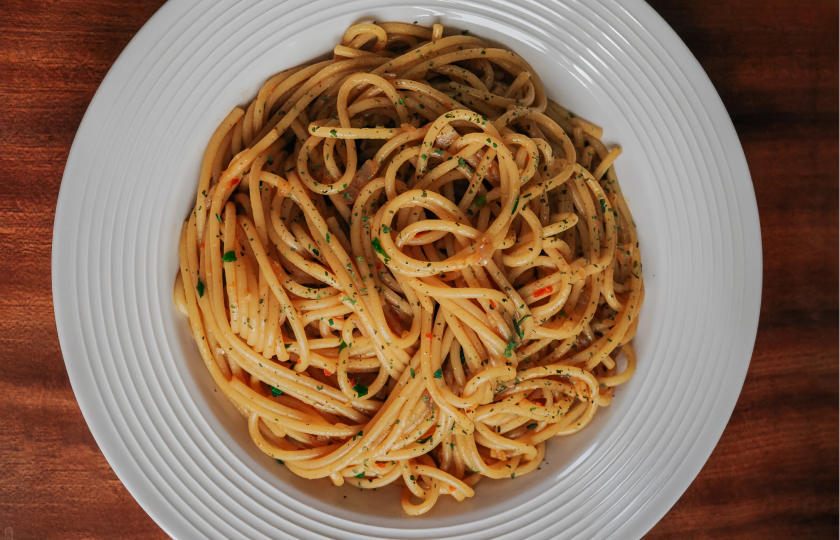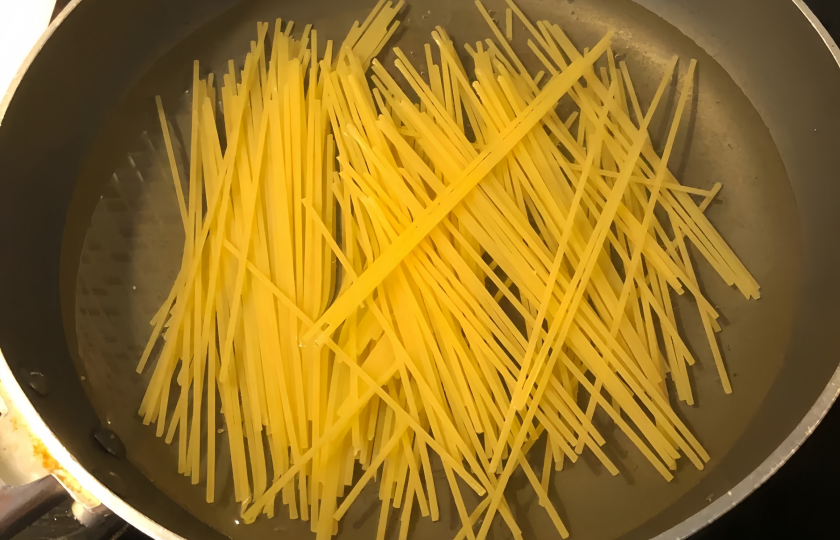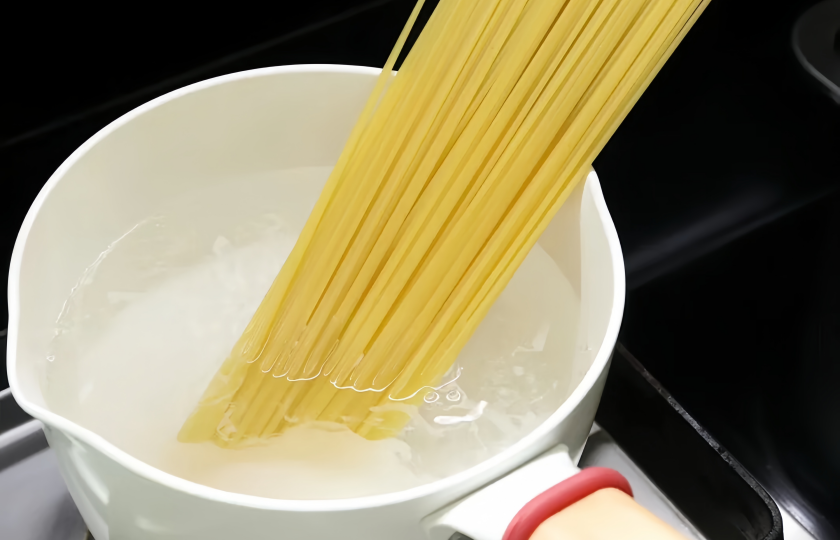Measurement Guide: 1 lb Cooked Pasta is How Much Dry Penne

To make a delicious plate of pasta, an accurate ratio is extremely important. The weight conversion from dry pasta to cooked pasta is the first step to creating the perfect pasta. Let's learn about this practical cooking conversion knowledge.
How much dry penne makes 1 lb of cooked pasta?
To obtain 1 pound of cooked macaroni, 8-9 ounces (about 230-255 grams) of raw macaroni are needed. When cooking pasta, the macaroni absorbs water and expands, and its weight nearly doubles.
There are conversion tricks in practical operations. For the amount of cooked pasta needed, take a little more than half of its weight in raw pasta. This applies to most pasta shapes such as macaroni, penne, and farfalle.
When cooking pasta, the amount of water must be sufficient. Generally, it is 6-8 times the amount of pasta. Add salt after the water boils and then add the pasta. Macaroni is generally cooked for 10-12 minutes. During the process, you can taste it. When it has a chewy texture, it is ready.
Dont forget to keep some of the pasta cooking water. This is very helpful for adjusting the thickness of the sauce. It can make the pasta and sauce better blend together and enhance the taste and flavor of the entire dish.
What's the ideal thickness for homemade pasta?
Generally speaking, the ideal thickness of standard pasta sheets is between 1 and 2 millimeters. If using a pasta machine, usually start from the thickest setting and slowly adjust to settings 5-6. When you can vaguely see the outline of your hand through the pasta sheet, it means the thickness is about right.
For different types specifically, thin noodles (such as angel hair pasta) should be thinner, about 0.8-1 millimeter; wide noodles (such as lasagna noodles) can be a bit thicker, about 1.5-2 millimeters. If making dumpling wrappers, it is recommended to keep it at about 2 millimeters; wonton wrappers should be thinner, about 1 millimeter.
There are a few tips when making it: The dough must be fully proofed so that it is easier to roll to the ideal thickness; When rolling out the dough, apply force evenly to keep the thickness consistent; If the noodles are too thick, it will affect the taste, and if they are too thin, they are easy to break when cooked. You can use a coin as a reference. Its thickness is about 1.5 millimeters.

How long should I cook penne pasta al dente?
Generally, dried pasta takes 8-12 minutes, and fresh pasta only takes 3-4 minutes. When cooking pasta, look at the recommended time on the packaging, but it is best to taste it one minute in advance to ensure that the noodles are not overcooked.
The cooking time for different types of pasta is different. Thin noodles take 4 - 5 minutes, macaroni takes 10 - 12 minutes, wide noodles take 12 - 13 minutes, lasagna noodles take 8 - 9 minutes, and fresh handmade noodles take 3 - 5 minutes.
How do you prevent pasta from sticking?
When cooking pasta, choose a large pot and add enough water. For every 100 grams of pasta, use 1 liter of water to provide enough space for the noodles.
When the water is completely boiling, add salt first and then put in the pasta. Immediately after adding the pasta, gently stir so that all the noodles are immersed in the water. During cooking, stir every 2-3 minutes to prevent the noodles from sinking to the bottom and sticking to each other. Never add oil to the water, otherwise it will affect the integration of the sauce and the noodles.
After cooking, immediately drain the water and season quickly. If you cant eat it immediately, leave a little pasta cooking water in the container with the noodles. In this way, even if it cools down, it is not easy to stick together. When eating, heating it can restore the taste. In short, freshly cooked and freshly eaten pasta has the best taste and flavor.

How do you know when pasta is perfectly cooked?
To judge whether pasta is cooked to a perfect state, mainly look at two aspects: taste and appearance. Good pasta should maintain appropriate toughness and chewiness, neither too soft nor too hard. When you take a bite, the cross-section of the noodle will show a little white core, which is exactly the sign that the noodle maintains ideal toughness.
During the cooking process, also pay attention that there must be a little more water and stir it every few minutes. After the noodles are cooked, drain them immediately and season quickly. To accurately grasp the cooking time, you can refer to the recommended time on the packaging and start tasting one minute in advance.
Can you cook pasta in advance and reheat?
If pasta is cooked in advance, pay attention to the preservation method after cooking. First, the pasta should be drained of water. Then it can be mixed with olive oil to prevent the pasta from sticking together. Put the processed pasta in a sealed container. Refrigerated, it can be stored for 1 - 2 days.
When it needs to be heated, there are several methods. If it is a small amount of pasta, heating it in a microwave oven is relatively convenient. Put the pasta in a microwave-safe container. Add a small amount of water or the reserved pasta cooking water before. Heat on high for 1 - 2 minutes. However, pay attention to observation to avoid boiling water overflowing.
A pan can also be used for heating. Add a little olive oil or butter to a pan. Put in the pasta and stir-fry. During the process, some sauce can be added and heated together. This can make the pasta better absorb the taste of the sauce. Heat for a few minutes until the pasta is thoroughly heated.























